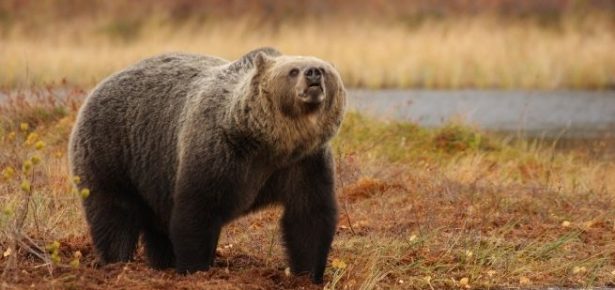
The media and scientific literature are increasingly reporting an escalation of large carnivore attacks on humans, mainly in the so-called developed countries, such as Europe and North America. Although large carnivore populations have generally increased in developed countries, increased numbers are not solely responsible for the observed rise in the number of attacks. For example, recent researches have shown that people frequently engage in risk-enhancing behaviours that can increase the probability of a risky encounter and a potential attack, and perhaps even alter carnivore behaviour.
Of the eight bear species inhabiting the world, two (i.e. Andean bear and giant panda) have never been reported to attack humans, whereas the other six species did: sun bears Helarctos malayanus, sloth bears Melursus ursinus, Asiatic black bears Ursus thibetanus, American black bears Ursus americanus, brown bears Ursus arctos, and polar bears Ursus maritimus. These species occur across four continents (Asia, Europe, North and South America) characterised by a huge range of social and cultural practices, e.g. from increasing leisure activities in bear areas in developed countries to daily forest works in developing countries. Such differences in the use of bear habitats by people may determine that different scenarios trigger bear attacks on humans around the world. However, even if the motivations that determine human presence in bear countries and risky encounters with bears are diverse, some triggering factors might be common in activating bears’ dangerous reactions towards people, e.g. inappropriate human behaviours when sharing the landscape with bears or when encountering them at a close range.
Although rare, bear attacks on humans do occur within the whole range of bear species and undermine bear conservation efforts. Different bear species showed differing attack patterns and, although some bear species, such as the Andean bear, the sun bear, and the giant panda have never or rarely been reported to be involved in such incidents, the other five species of bears may locally represent a more serious threat to human safety. Therefore, it is of the utmost importance for bear conservation worldwide to reduce such conflicts by developing and implementing effective strategies based on both species–specific characteristics and the local socio–economic context. In developed countries, where most attacks occur to people involved in recreational activities in bear areas, conflicts can be decreased through education and outreach (i.e. providing accurate bear safety messaging to the public). For instance, recent efforts in Yosemite National Park have demonstrated that with effective education, outreach and appropriate penalties for the un-compliant, bear conflicts can be dramatically decreased (down 99% since 1998), benefitting both people and bears. A different approach should be employed in developing countries, where people involved in attacks are mostly local people who must enter bear areas for their daily work and subsistence–related activities. Here, education on how to avoid bear encounters and attacks might not be sufficient alone and must be combined with improved facilities and financial support for local communities living in bear areas.
Latest Comments
Have your say!